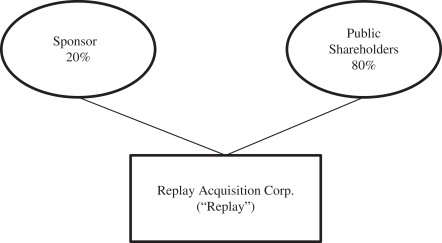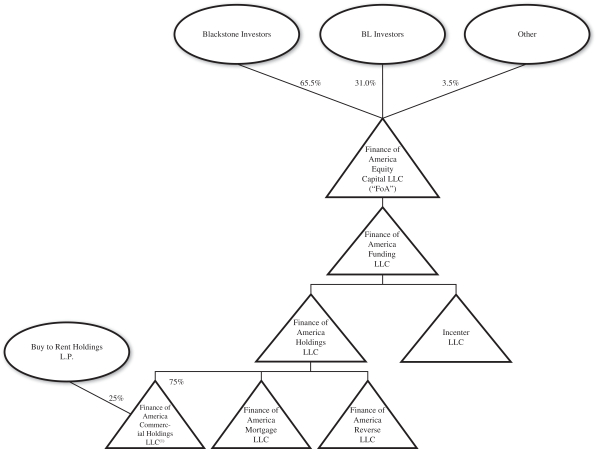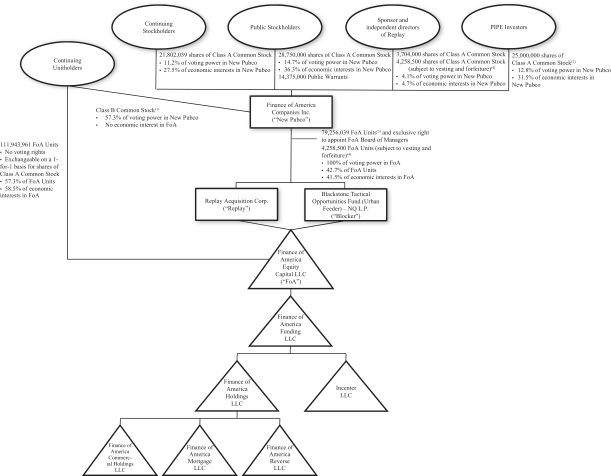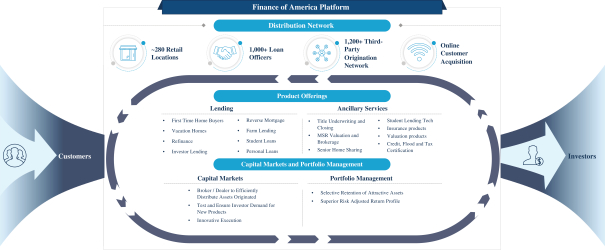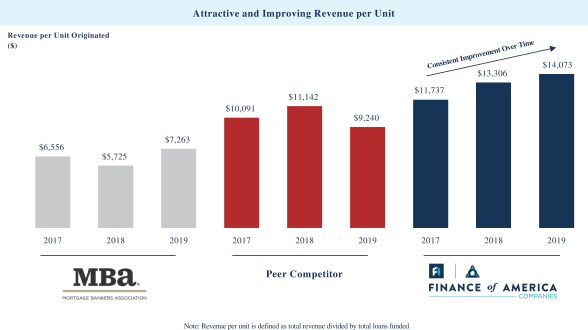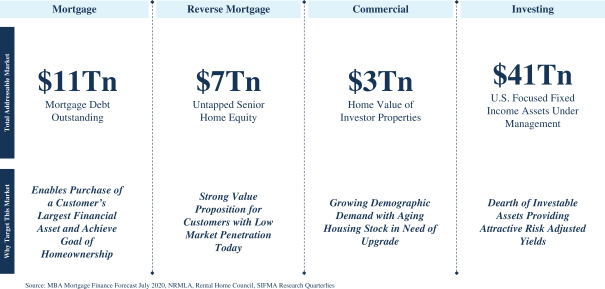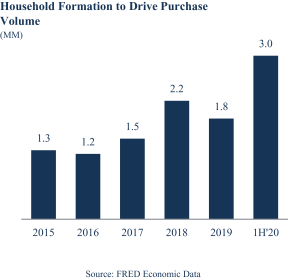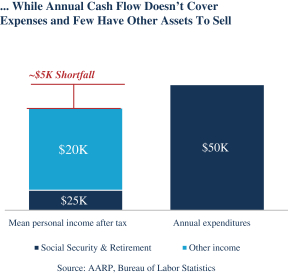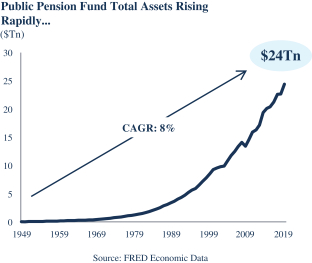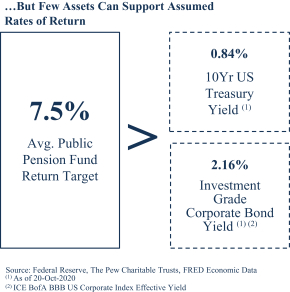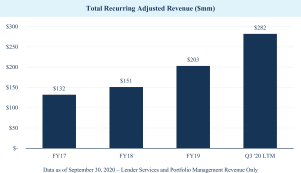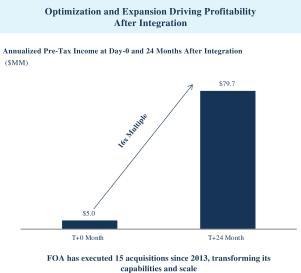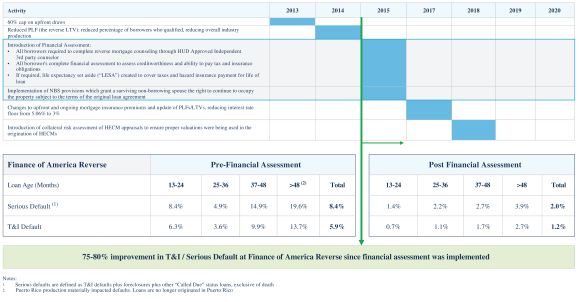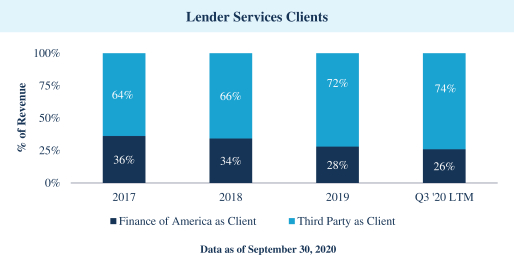“Purchaser Disclosure Schedule” means the disclosure schedule of Purchaser, New Pubco, Purchaser Merger Sub and Blocker Merger Sub referred to in, and delivered pursuant to, this Agreement.
“Purchaser Ordinary Share” mean an ordinary share of Purchaser, par value $0.0001 per share.
“Purchaser Person” means, with respect to the Purchaser-Side Parties, each of their respective former, current or future equity holders, controlling persons, directors, officers, employees, agents, Affiliates, members, managers or general or limited partners or any former, current or future stockholder, controlling person, director, officer, employee, general or limited partner, member, manager, Affiliate or agent of any of the foregoing (in each case, other than the Purchaser-Side Parties).
“Purchaser PIPE Agreement” means a subscription agreement to purchase Purchaser Shares immediately prior to the Closing in form and substance approved by the Company.
“Purchaser Share” means, at any time prior to the effectiveness of the Domestication, a Purchaser Ordinary Share or, at any time from and after the effectiveness of the Domestication, a Purchaser Common Unit.
“Purchaser-Side Party” means each of Purchaser, New Pubco, Purchaser Merger Sub and Blocker Merger Sub.
“Purchaser Stockholder” means a holder of Purchaser Shares.
“Redeeming Stockholder” means a Purchaser Stockholder who demands that Purchaser redeem its Purchaser Shares for cash in connection with the Transactions and in accordance with the Memorandum and Articles of Association.
“Registration Rights Agreement” means the Registration Rights Agreement attached hereto as Exhibit C between New Pubco, the Company and certain Pre-Closing Company Equityholders, to be entered into at and effective upon the Closing.
“Registration Statement” means the registration statement on Form S-4 to be filed by New Pubco with the SEC, which shall include (i) a prospectus for the issuance of shares of New Pubco Shares in the Purchaser Merger and (ii) the Proxy Statement.
“Release” means any spill, leaking, pumping, injection, deposit, disposal, discharge, dumping or pouring into the environment (including ambient air, surface water, groundwater, land surface or subsurface strata).
“Representatives” means with respect to any Person, any of such Person’s officers, directors, managers, employees, shareholders, members, partners, agents, consultants, advisors, and other representatives, including legal counsel, accountants and financial advisors.
“Sale Percentage” means the quotient (expressed as a percentage) of (i) the Aggregate Participating Units Purchased, divided by (ii) the Equity Value Amount.
“SEC” means the U.S. Securities and Exchange Commission.
“Securities Act” means the Securities Act of 1933, as amended from time to time and the rules and regulations promulgated thereunder.
“Seller Person” means each of Holdings, the Sellers and Blocker GP, the former, current or future equity holders, controlling persons, directors, officers, employees, agents, Affiliates, members, managers or general or limited partners of any of Holdings, the Sellers or Blocker GP or any former, current or future stockholder, controlling person, director, officer, employee, general or limited partner, member, manager, Affiliate or agent of any of the foregoing.
A-11
